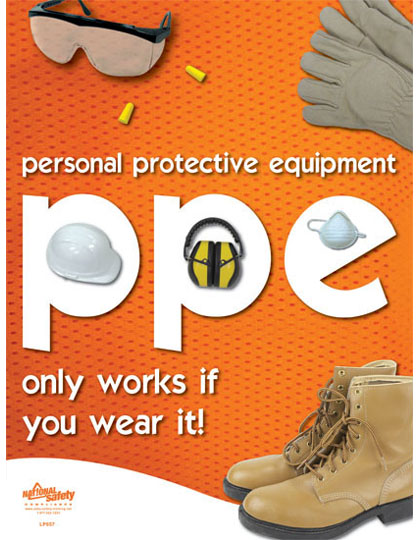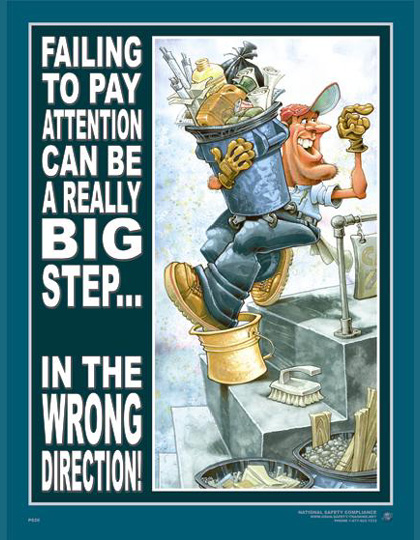All safety observances are important – one deserves as much attention as the other. The month of April recognizes many, and today we want to focus on two of them. April is National Youth Sports Safety Month, as well as Sports Eye Safety Month. It seems fitting that we can talk about both of them today.
Last September, the National Youth Sports Health and Safety Institute was launched. The executive director of this institute is Michael Bergeron, Ph.D., FACSM. Dr. Bergeron states, “there has been a disturbing trend in the youth sports industry – we are seeing an increase in injuries that have never been seen before in children and teens: over-use/stress-induced, and concussions. Over the last two months, 14 kids have already died – half from heat-related causes, the other half from cardiac issues; it used to be that 2-3 kids died each year. Something needs to change.” The goals of this program include collecting research, developing new education strategies and educating parents, coaches, trainers, and physicians.
Four “pillars” that will come under the Institute:
- Unique Clinical Conditions in Youth Athletic Populations (e.g., Type 1 diabetes, eating disorders, sudden cardiac trauma)
- Concussion/mild traumatic brain injury
- Heat illness and injury
- Overuse/overload and injury risk.
Other Sports Injury Facts from the National Athletic Trainers’ Association and Safe Kids USA:
- More than half of all sports injuries happen at practice. Despite this fact, one-third of parents often do not take the same safety precautions during their child’s practices as they would for a game.
- More than 3.5 million children ages 14 and under receive medical treatment for sports injuries annually.
- Injuries associated with sports and recreational activities account for 21 percent of all traumatic brain injuries among children in the United States.
- Overuse injury is responsible for almost half of all sports injuries to middle and high school students. Immature bones, insufficient rest after an injury and poor training or conditioning contribute to overuse injuries among children.
- Children ages 5 to 14 account for almost 40 percent of all sports-related injuries treated in hospital emergency departments. The rate and severity of sports-related injury increases with a child’s age.
Sports Eye Safety Information:
In the United States, more than 100,000 physician visits per year are because of eye injuries from sports. Basketball and baseball cause the most eye injuries, followed by water sports and racket sports. The American Academy of Pediatrics and American Academy of Opthalmology strongly recommend protective eyewear for all participants in sports where there is risk of eye injury. Appropriate protective eyewear for sports should be chosen after consultation from an ophthalmologist, optometrist, optician, physician or athletic trainer. Only two types of eyewear are satisfactory for sports protective eyewear:
- Safety sports eyewear that conforms to the requirements of the American Society for Testing and Materials (ASTM) standard F803 for selected sports.
- Sports eyewear that is attached to a helmet or for sports in which ASTM standard F803 is inadequate; those include specifications for youth baseball batters and base runners, paintball, skiing, and ice hockey. Other protectors with specific standards are available for football and men’s lacrosse.
Parents and athletes should know about the risks associated with playing sports and the availability of a variety of certified sports eye protectors.
Important Advice for Coaches and Parents:
Most coaches in youth sports are volunteers. It is important that at least one coach has training in CPR. There should also be a first aid kit handy, just in case of an accident. It is important for parents and coaches to remember that first of all, sports should be fun for the kids. Many times, too much pressure is put on kids to excel in their choice of sport. Ninety-five percent of youths who play sports in high school are through with sports when they graduate. Only five percent of student athletes go on to play college sports.
Nothing pleases a child more than having their parents and grandparents watch them participate in sports, music, or whatever their chosen activity is. Support them and be sure that if they are playing sports, all safety measures are taken; most of all, have fun!
Sources: Fox News; National Eye Institute (Unite for Sight); National Center for Sports Safety


